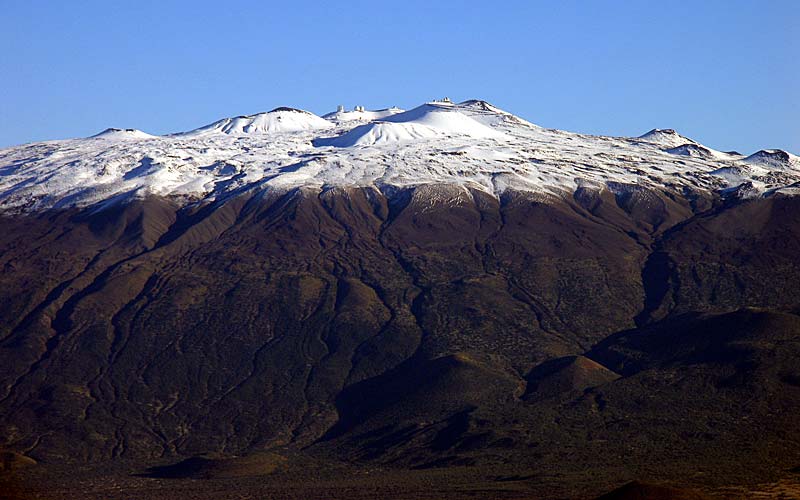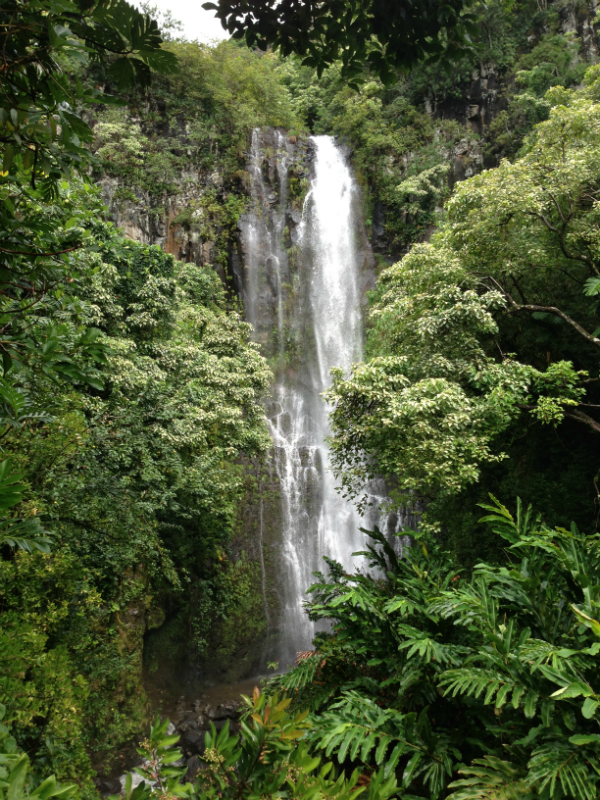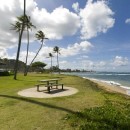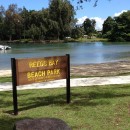If you think Hawaii is only a tropical haven, you're in for a big surprise. Mauna Kea, the highest peak in the Big Island, offers unique skiing and snowboarding opportunities during winter.
Mauna Kea, which means "White Mountain" in Hawaiian, is a dormant volcano and one of the highest island mountains in the world. In fact, if its height is measured from its base (18,000 feet below sea level), it will surpass even Mount Everest, the world's highest mountain!
During winter season (January through March), the summit of Mauna Kea can get a thick mantle of snow that allows for skiing and snow boarding. Depending on weather conditions, the snow can last much longer. There was a time when a ski meet was held in Mauna Kea in July because of the El Nina!
Be advised that there are no world class ski resorts in Mauna Kea. There are also no lifts nor grooming facilities so you will be skiing in the wilderness. To get to the summit, you will need a 4-wheel drive vehicle and a designated driver who will take you to the top, pick you up at the bottom of the run and take to back to the summit. As there are no rentals, you should also take your own ski equipment with you.
Apart from the winter sports opportunities, another highlight of visiting Mauna Kea is the spectacular view. The summit offers breathtaking vantage point of the sunset as well as Hawaii's other massive volcanoes, the nearby Mauna Loa and Haleakala Volcano on Maui.
Temperatures on Mauna Kea's summit during the winter range from about 25 to 40 degrees Fahrenheit (-4 to 4 Celsius). The high altitude and windy conditions can make it even colder so be sure to wear appropriate clothing and protection from the harsh climate. The sun at the summit can be very strong so bring sunscreen. Also bring sunglasses to protect your eyes from the sun and glare from the white snow.
Atop Mauna Kea are some of the world's best astronomical observatories such as the W.M.Keck Observatory, home of the twin Keck telescopes (currently among the largest astronomical telescopes in the world), and the Onizuka Center for International Astronomy. It's a good idea to take a side trip to these scientific facilities.
Extreme weather conditions at the summit of Mauna Kea may create difficult conditions that may lead to road closures. Check out the Mauna Kea Forecast by the Hawaii Institute for Astronomy to get up-to-date weather conditions on Mauna Kea before driving there.






